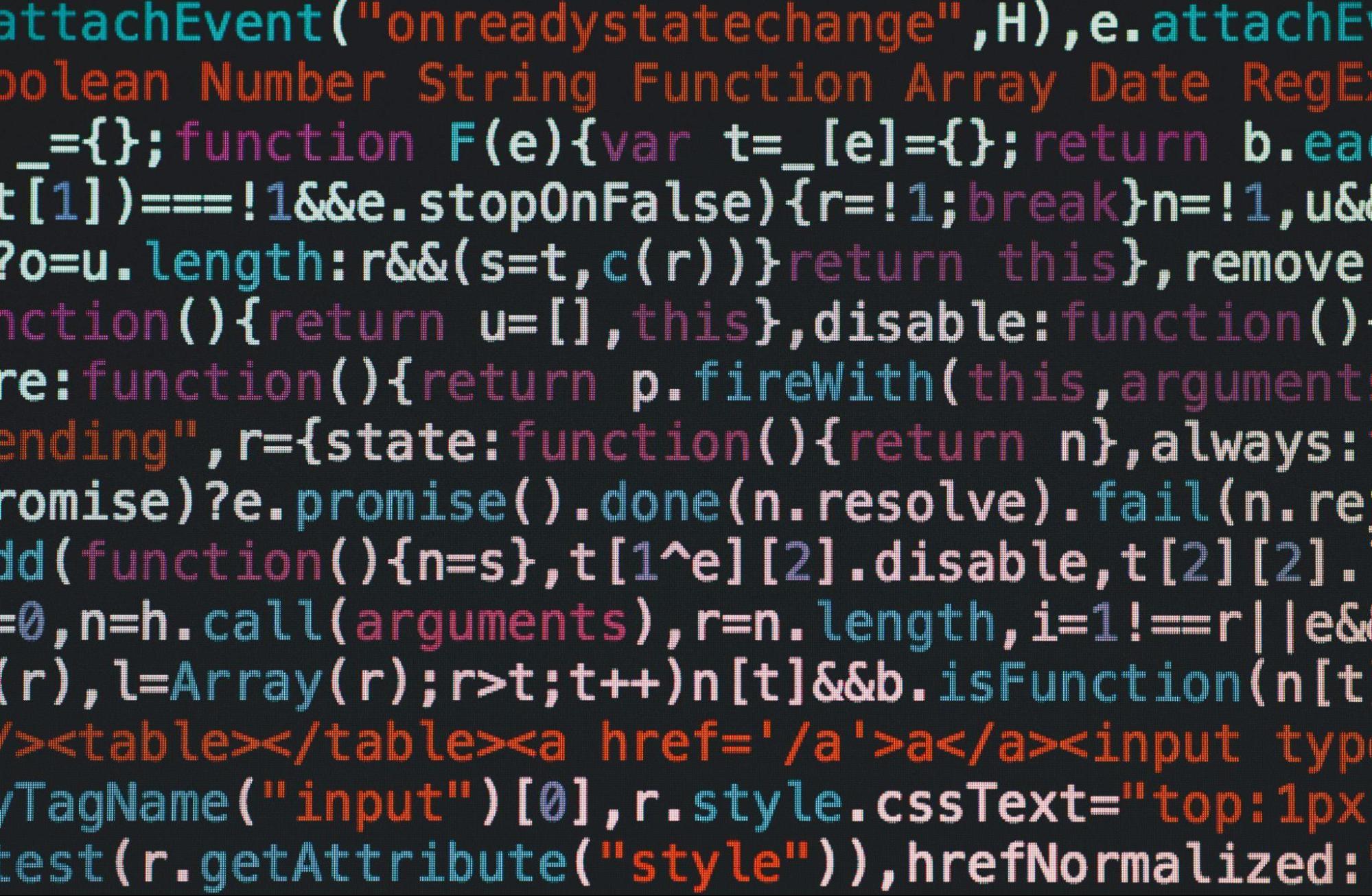A Guide: Code Obfuscation Reverse-Engineering
Figures of code obfuscation are one of the most popular application security approaches for preventing application hacking. It is one of the most frequently suggested AppSec efforts by security specialists all around the world, and it often takes care of your application’s very minimal security requirements. This strategy is frequently used as a major defense mechanism against hacking attempts and protects against typical threats such as code injection, reverse engineering, and tampering with customers’ and application users’ personal information.
Quick Links
Obfuscation of the code?
The practice of obfuscating executables such it was no longer comprehensible, intelligible, or practical is known as code obfuscation. The source code has been obfuscated to the extent that it is incomprehensible and difficult for a third party to grasp, let alone execute. The end-user ui or the code’s intended output are unaffected by obscurity. It is just a precautionary step to render the code useless to any potential hacker who has access to a software’s executable code.
Why is it necessary to obfuscate code?
Obfuscation of code is especially important for open-source software, which have a significant disadvantage in terms of hackability for personal benefit. Developers guarantee that their product’s intellectual property is protected against security risks, illegal access, and the discovery of application flaws by making a program difficult to reverse engineer.
Regardless of the type of obscuring technique utilized, this approach restricts dangerous source code and ensures varied levels of program security. The time, cost, and resource reasons all favor abandoning your code when it is obfuscated since the decompiled code is rendered illegible.
Techniques for Code Obfuscation
Obfuscation works on various levels: it may be implemented at the semantic/lexical code structure level or at the data structure/control flow level. Obfuscation strategies also differ depending on the action on the code. In essence, the security team determines the sort of obfuscation to use on the code in cooperation with the development team.
Obfuscation should be renamed.
This approach entails confusingly naming variables so that the actual aim of utilizing them is cleverly hidden. Decompilers have a hard time understanding the control flow since methods and variables are renamed with various notations and numbers. This obfuscation method is commonly used to disguise Java,.NET, and Android platform application code. This is classified as layout obfuscation since it targets the source code directly to provide a protection layer for the application.
Obfuscation of data
This method focuses on the data structures utilized in the code, making it impossible for the hacker to access the program’s true goal. This may entail changing the way data is stored in memory by the software and how that data is processed to produce the final outcome. This procedure can be done in a variety of ways:
1. Obfuscation of Aggregation
The way data is saved in the software changes as a result of this. Arrays, for example, might be divided down into multiple sub-arrays that could then be referenced throughout the program.
2. Obfuscation of data storage
This has an impact on the way data is stored in memory. Developers can, for example, shuffle between local and global variable storage to obscure the true nature of variable behavior.
3. Obtaining obfuscation on demand
This approach changes the order of data without changing the functionality of the program/code snippet. Developers achieve this by creating a distinct module that is invoked for each instance of the variable reference.
4. Encrypting strings
This technique encrypts all readable strings, resulting in code that is illegible. When the software is run, they must be decrypted at runtime.
5. Obfuscation of Control/Code Flow
The manner in which control is transmitted from one portion of the codebase to another is crucial in establishing the program’s goal. Obfuscating this flow is frequently the most profitable manner of perverting the game’s flow. This obfuscation strategy keeps hackers at bay by making it difficult for them to figure out how and why the code is following a specific path.
The inclusion of random and unexpected statements, as well as needless case-switch statements (dead code) that would never be executed, is one of the most prevalent ways to accomplish this obfuscation strategy. These assertions have no other function except to perplex the targeted hacker. In the case of conditional program orientation, this change in the sequence of program execution statements is extremely useful.
Obfuscation is being debugged.
Debug information is frequently useful in determining vital information about program flow and defects by decompiling and recompiling source code. It’s critical to hide such identifying data by altering their identities, line numbers, or turning off access to debug data entirely.
Obfuscation should be addressed.
Memory programming mistakes have grown widespread in attacks, especially in non-memory safe languages like C and C++. Security flaws are frequently caused by errors such as uncontrolled array access. The address obfuscation approach makes reverse engineering difficult since the virtual addresses of the code and data of the program are randomized each time the converted code is performed. As a result, the majority of memory-error attacks are non-deterministic, with a very low likelihood of success.
Personalized Coding
Developers use this approach to encrypt strings with a custom algorithm and then provide a decoder function to recover the original code.
Arguments Passed at Runtime
It is possible to modify the program such that it expects parameters at runtime. In order to decode the variables, the user must have both the code and the decryption key.
To develop a layered defense method for safeguarding applications against diverse security threats, the security team may choose to deploy more than one technique at the same time.
Conclusion
To summary, misdirection alone is ineffective in combating advanced security concerns. It is more difficult to deobfuscate code due to the availability of ai software and the skill of hackers, but it is not impossible. As a result, cryptography isn’t a panacea for all software security concerns.
The development team might use a variety of code obfuscation approaches to secure their code in an untrusted environment, depending on the security need, nature of the program, and performance benchmark. These should be carried out while taking into account the advantages and disadvantages of each approach. Other AppSec initiatives, such as encryption, RASP, data retention regulations, and so on, should be supported by this strategy. When combined with RASP solutions like AppSealing, it becomes a potent antidote to today’s security concerns.
What Is WooCommerce Product Slider and Why Your Store Needs It
Why Do Product Images Matter So Much in Online Stores? When someone visits an online store the…
0 Comments9 Minutes
How to Streamline Your Customers’ Shopping Experience?
The goal for any online store is to make shopping as smooth as possible. When visitors move…
0 Comments8 Minutes
Strengthening Brand-Customer Relationships Through Gamified Loyalty Programs
Creating lasting connections with customers has become increasingly vital as the marketplace grows…
0 Comments6 Minutes
How to Use SEO and SEA Together in Search Engine Marketing
In digital marketing, search engine marketing (SEM) plays a critical role in improving online…
0 Comments10 Minutes
Content Marketing Growth Hacks: Real Shortcuts to Drive Traffic
Are you still lagging in content marketing? Sticking to these old strategies seems…
0 Comments10 Minutes
How to Build a Strong Local Following Using Social Media Marketing
In the days of likes, shares, and stories, local businesses have a golden opportunity to create…
0 Comments9 Minutes
Why WooCommerce is the Best Choice for Your Online Store?
WooCommerce stands out as a top option for anyone looking to build an online store. This platform…
0 Comments8 Minutes
How to Use AI-Powered SEO Tools for WordPress eCommerce
SEO is a critical factor in the success of any e-commerce WordPress store. As competition…
0 Comments11 Minutes








